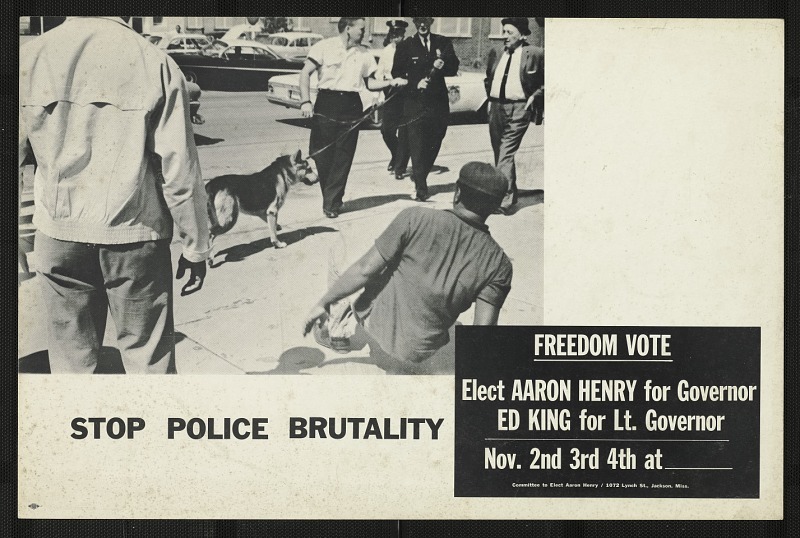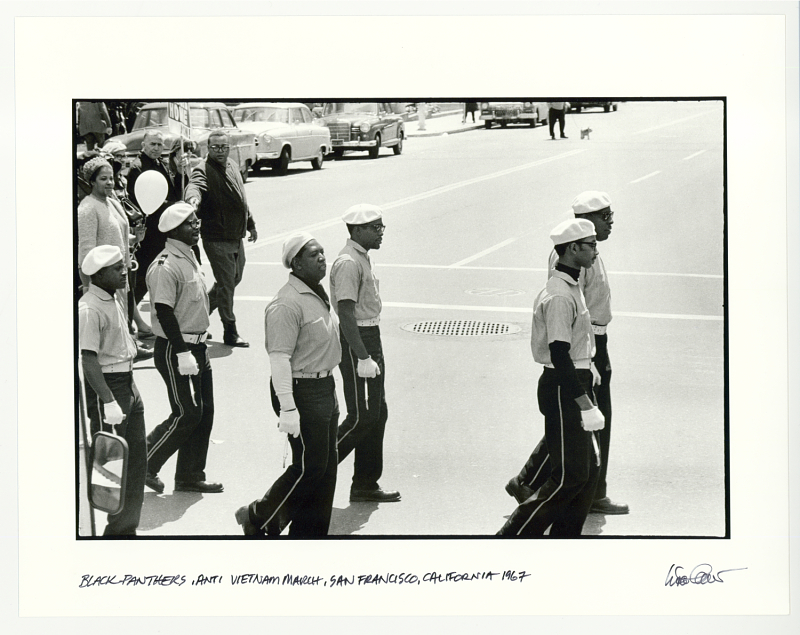Police Brutality
While harassment from everyday people was common for the activists in the civil rights movement, it was often encouraged by police brutality. Protesters were broken up by the police, mostly by force. This included people being sprayed with fire hoses, attacked by police dogs, or beaten by policemen. It also encompassed police homicides, unlawful arrests, assaults, abusive language, and racial slurs, as well as the sexual exploitation of black women. These attacks were targeted at anyone and everyone: women, men, teenagers, old, or young. All people of color and their counterparts who supported the cause. Even though police brutality had been expressed as a political issue long before the civil rights movement, it became an increasingly bigger threat during this time. If people were not enraged by the treatment of activists by other white people, they surely were when violence from the police appeared on the news. Not only were people upset for African Americans, but also their safety as well.
Resistance among the police force continued, ignoring citizen calls for reform and review of the police system. However, the police department had the support of politicians, segregationists, district attorneys, judges, and white supremacist groups to carry out this form of violence in the streets. Activists almost always expected to stay a night or two in jail, the police beating of prisoners was never a surprise, and the availability of justice for the black defendants in the courts was limited, if there at all. Yet, the civil rights activists pushed on. They, too, resisted police violence by staging sit-ins, boycotts, picketing, and armed confrontations like the Black Panthers. Ironically, police brutality in the cities served to unify the communities and created more friends for the civil rights movement.
The Black Panther Party (BPP) was a group of black-power activists, founded in 1966. They sought to provoke and use black rage against racism and went against the nonviolent mantra of the civil rights movement. These men represented a masculine picture of black power and, through similar force of the military, they sought revenge against racist police, as well as other white supremacists. Wearing military-style clothing and armed with guns, the BPP followed police vehicles and made their presence known during police arrests of black citizens. What made their group well-known among others was their armed protests, direct confrontation with the police, and being ready and willing to fight back against white violence. Also carrying copies of the Bill of Rights, the BPP believed that they could end police brutality in black communities by organizing black self-defense groups. This group hoped to empower the black population and insisted on their rights to self-defense.

